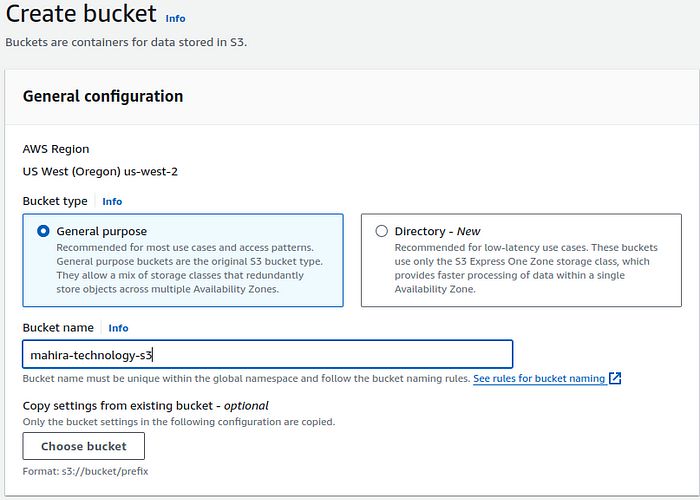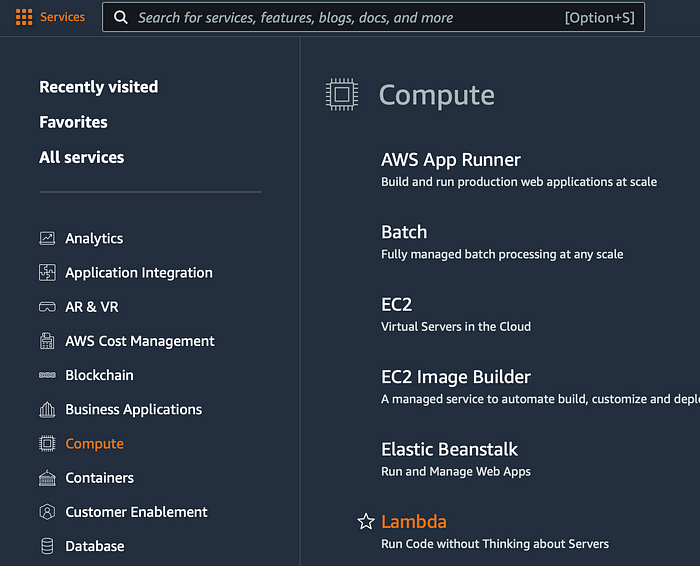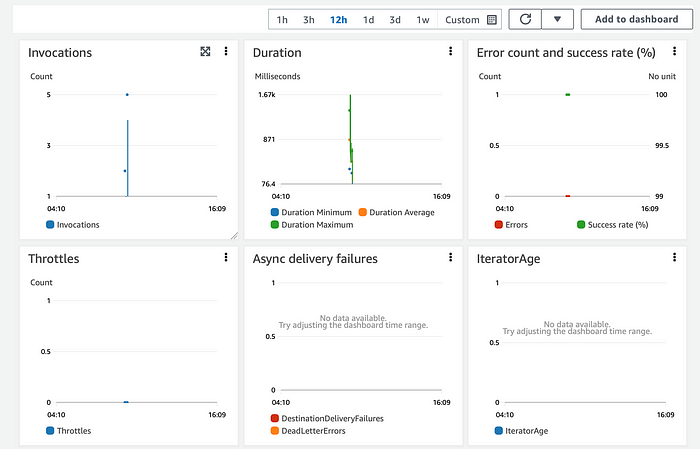Harnessing the Power of AWS S3 Triggers to Activate Lambda Functions

Introduction :-
In the realm of cloud computing, the synergy between storage and compute services offers unprecedented efficiency and automation. Amazon Web Services (AWS) presents a powerful duo: Amazon Simple Storage Service (S3) and AWS Lambda, which together enable a seamless Extract, Transform, and Load (ETL) workflow. This guide dives into the intricacies of utilizing an S3 trigger to activate Lambda functions, revolutionizing how you handle data processing tasks.
Create a bucket and upload a sample object

AWS Scalable Storage in the Cloud
2. Choose Create bucket
3. Under General configuration, do the following:
For Bucket name, enter a unique name.
For AWS Region, choose a Region. Note that you must create your Lambda function in the same Region.

4. Click on Create bucket.

Amazon S3 displays the Buckets page after you create a bucket, which lists all buckets in your account in the current region.
Create the Lambda function
- Click on Search bar and Search for Lambda Service.

2. Under Basic Information, enter the information as follows:

4. Under S3 trigger, choose the S3 bucket that you created previously.

5. Choose Create function.
When you upload a file to the Amazon S3 source bucket, the Lambda function is invoked using the S3 trigger.
Choose the Monitor tab to verify that the function ran once for each file that you uploaded. This page displays Lambda’s CloudWatch metrics, and the Invocations graph should equal the number of files you uploaded to Amazon S3.

Conclusion :-
Embracing the combination of Amazon S3 triggers and AWS Lambda functions not only simplifies data processing tasks but also paves the way for innovative ETL workflows. This integration offers a robust solution for automating responses to data changes, ensuring that your applications remain dynamic and responsive. By mastering the setup of S3 triggers and Lambda functions, you’re equipped to leverage cloud computing’s full potential, driving efficiency and scalability across your operations.
